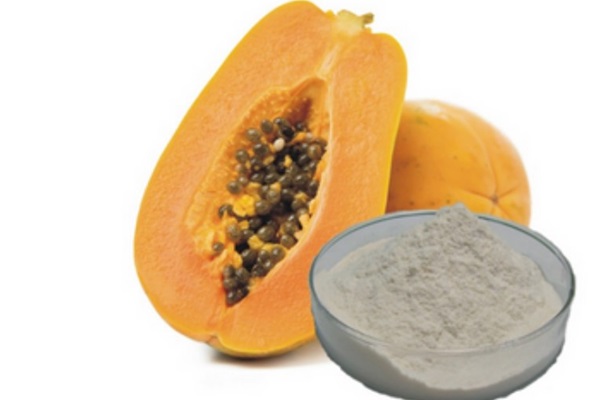

Papain
Applicability of papain solutions in immunohematology
The red blood cell membrane is composed of a variety of proteins that anchor themselves or transverse the lipid bilayer. Many are polymorphic, and define several types of blood groups by differentiating antigens linked to them.( 1 – 3 ) According to the International Society of Blood Transfusion (ISBT), the antigens that characterize the blood groups can be found in one of the four classifications. Currently, there are 36 blood group systems, 38 antigens that have not yet been attributed to any system, 15 antigens distributed among 6 collections, 17 low-frequency antigens, and 6 high-frequency antigens.( 4 – 8 )
Considering the significant genetic polymorphism of the blood groups, the heterogeneity of presentations of antigens on membranes of red blood cells, and the complexity of each case to identify irregular antibodies of blood donor and recipients, immunohematology draws on laboratory supplies that recognize specific membrane structures, or techniques that increase agglutination of red blood cells, or modify/eliminate the expression of antigens or protein structures of the red blood cells.( 9 ) The combination of these techniques helps in the correct identification of antibodies in routine immunohematology tests, or in the identification of antigens – be them rare or not - on the membrane of donor and recipient red blood cells. Among these techniques, one can list the use of monoclonal antibodies, reagents such as dithiothreitol (DTT), chloroquine diphosphate, low ionic strength solutions (LISS), and proteolytic enzymes.( 9 ) Source and for more:https://pmc.ncbi.nlm.nih.gov/articles/PMC6497125/
.